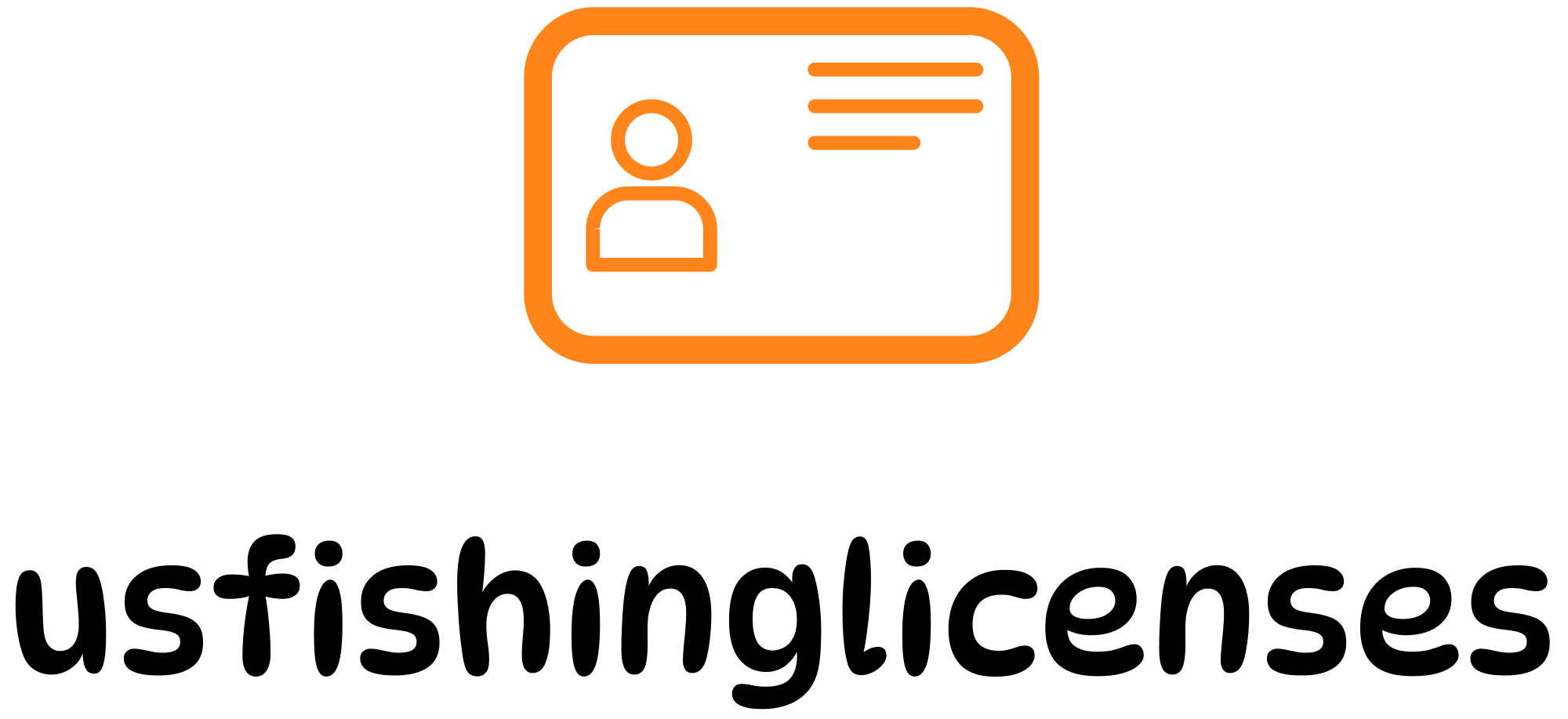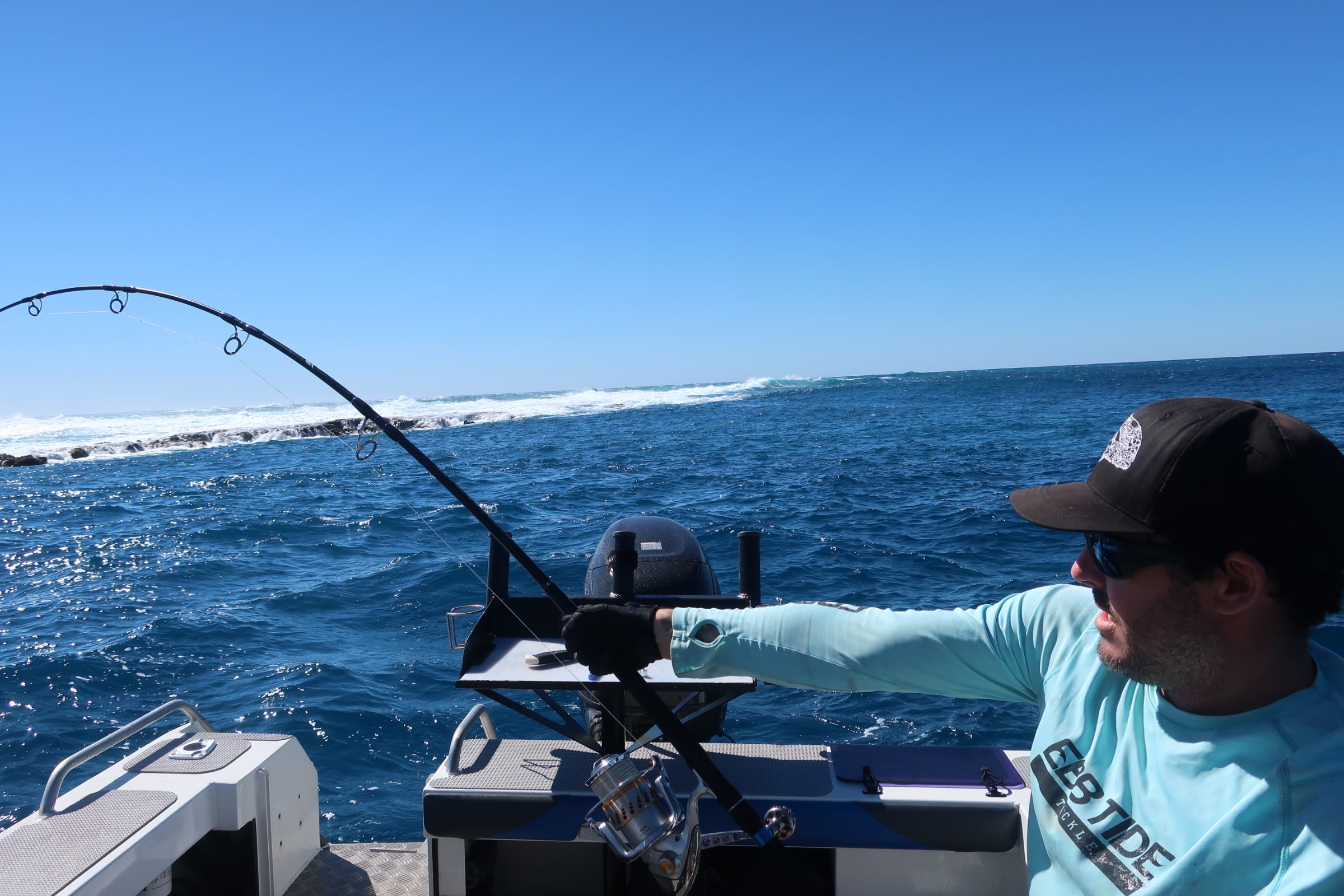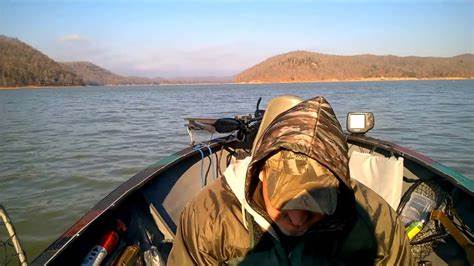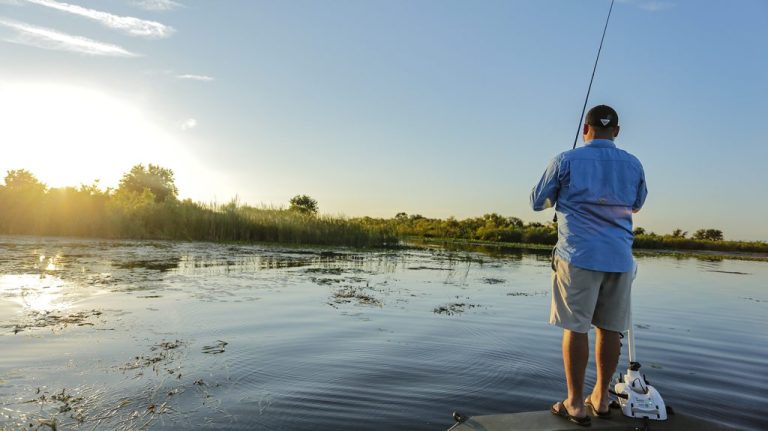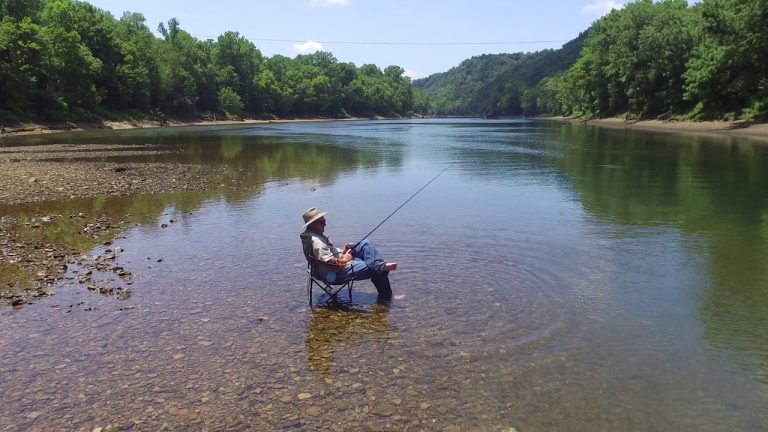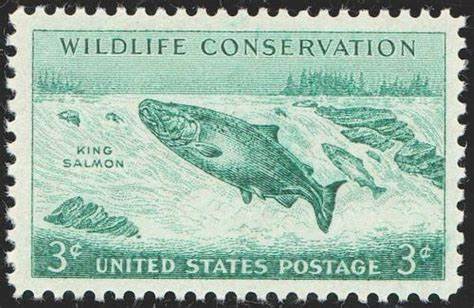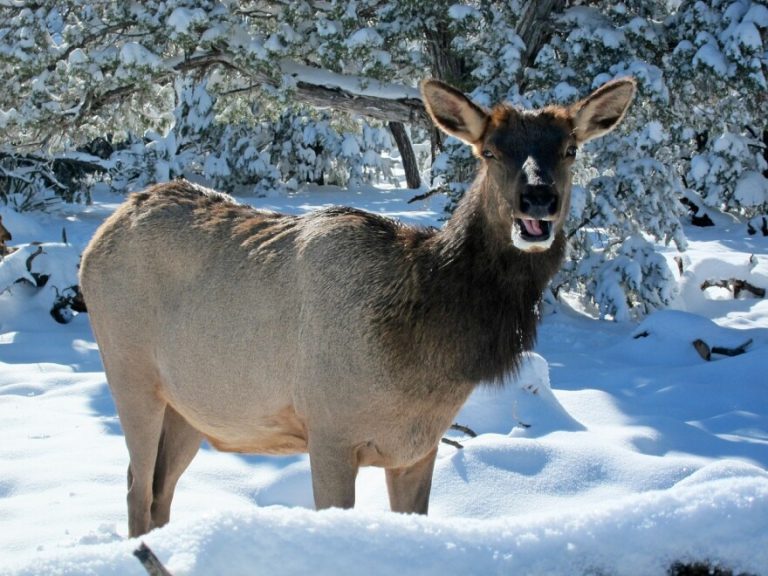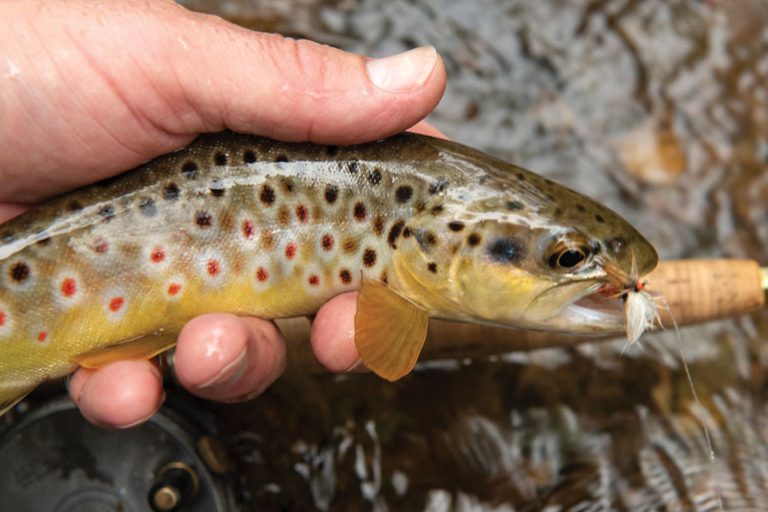Alaska’s pristine waters offer unparalleled fishing opportunities, attracting anglers from around the world. However, to ensure sustainable fish populations and fair access for all, it’s crucial to understand and follow the state’s fishing regulations. This comprehensive guide covers everything you need to know about Alaska fishing regulations for 2025, including licensing requirements, seasons, bag limits, and special regional rules.
Why Fishing Regulations Matter
Fishing regulations in Alaska serve several vital purposes:
- Conservation: Protect fish populations from overharvesting, ensuring sustainable fisheries for future generations.
- Fair Access: Provide equitable fishing opportunities for residents and visitors alike.
- Safety: Implement gear restrictions and closed areas to ensure angler and boater safety.
- Habitat Protection: Minimize the impact of fishing activities on sensitive aquatic ecosystems.
By adhering to these regulations, anglers play a crucial role in maintaining the health and productivity of Alaska’s world-renowned fisheries.
Fishing License Requirements
Before casting a line in Alaska’s waters, most anglers must obtain a valid fishing license. Here’s a breakdown of the licensing requirements:
Resident Licenses
- Annual Sport Fishing License: Required for residents aged 18 and older. Valid from purchase date through December 31 of the year purchased.
- Youth Sport Fishing License: Required for residents aged 16-17. Valid from purchase date through December 31 of the year purchased.
- Senior Sport Fishing License: Available at a reduced cost for residents aged 60 and older. Valid from purchase date through December 31 of the year purchased.
Non-Resident Licenses
- Annual Non-Resident Sport Fishing License: Required for non-residents aged 16 and older. Valid from purchase date through December 31 of the year purchased.
- Short-Term Non-Resident Sport Fishing Licenses: Available in 1-day, 3-day, 7-day, or 14-day options for non-residents aged 16 and older. Valid for the specified number of consecutive days.
Where to Purchase Licenses
Fishing licenses can be obtained through various channels:
- Online through the Alaska Department of Fish and Game (ADF&G) website
- At ADF&G offices throughout the state
- From authorized license vendors, including sporting goods stores and tackle shops
General Seasons and Bag Limits
Alaska’s fishing seasons and bag limits vary depending on the region, species, and water type (freshwater or saltwater). Here are some general guidelines:
Freshwater Seasons
- Most areas: June through October for species like trout, grayling, and char
- Some waters have extended or year-round seasons (check local regulations)
Saltwater Seasons
- Generally open year-round for species like halibut, lingcod, and rockfish
- Specific areas may have seasonal closures (consult regional regulations)
Bag Limits
- Daily bag limits specify the number of fish of each species an angler can keep per day
- Some species have annual limits or size restrictions
- Always check regulations for the specific water body you plan to fish
Regional Special Regulations
Each region of Alaska has its own set of special regulations tailored to local fisheries’ unique characteristics and management needs. Here’s an overview of key regional rules:
Southeast Alaska
- King Salmon: Special regulations include size limits, annual limits, and gear restrictions. Some areas, like Juneau, have designated terminal harvest areas with specific rules.
- Steelhead: Primarily catch-and-release fishing, with some exceptions. Check stream-specific regulations.
- Shellfish: Regional rules govern the harvest of crab, shrimp, and clams. Familiarize yourself with seasons, bag limits, and gear requirements.
Southcentral Alaska
- Kenai River: Special regulations for king salmon, sockeye salmon, and trout, including seasonal closures, bag limits, and gear restrictions.
- Susitna River Drainage: Specific rules for salmon, trout, and grayling. Some areas are catch-and-release or single-hook artificial lure only.
- Prince William Sound: Regulations for halibut and lingcod fishing include size and bag limits. Some areas are closed to bottom fishing to protect sensitive habitats.
Interior Alaska
- Yukon River: Special regulations for salmon and other species to ensure sustainable populations and provide for subsistence fishing opportunities.
- Tanana River: The Tanana River drainage, including popular fisheries like the Delta Clearwater River and Chena River, has specific regulations for salmon, trout, and grayling.
Arctic-Yukon-Kuskokwim
- Norton Sound: Regulations for red king crab and salmon fishing designed to support commercial, sport, and subsistence fisheries.
- Kuskokwim River: Special regulations for salmon and other species to provide for subsistence fishing opportunities and ensure sustainable populations.
Catch-and-Release Best Practices
Catch-and-release fishing is an essential conservation tool in many of Alaska’s fisheries. To minimize impact on fish populations, follow these best practices:
- Use appropriate gear (barbless hooks, rubber nets)
- Handle fish carefully with wet hands, avoiding gills and eyes
- Keep fish in the water as much as possible
- Release fish quickly and gently
- Revive exhausted fish before release
Boating and Safety Regulations
In addition to fishing regulations, anglers should be aware of Alaska’s boating and safety requirements:
- Life Jackets: Required for all passengers, with children under 13 wearing them at all times
- Boat Registration: Most boats must be registered with the Alaska Division of Motor Vehicles
- Emergency Communication: Equip boats with marine VHF radio or other reliable communication devices
- Boating Under the Influence: Illegal to operate a boat while under the influence of alcohol or drugs (0.08% BAC limit)
Conclusion
Understanding and following Alaska’s fishing regulations is essential for a safe, enjoyable, and sustainable angling experience. By obtaining the necessary licenses, familiarizing yourself with seasons and bag limits, and adhering to regional special regulations, you’ll contribute to the preservation of Alaska’s incredible fishery resources for generations to come.
Remember to check current rules before each fishing trip, as regulations can change annually. The Alaska Department of Fish and Game website is an excellent resource for up-to-date information on fishing regulations, techniques, and fish identification.
Ready to embark on your Alaskan fishing adventure? Visit our website for more information on obtaining fishing licenses and planning your trip. Tight lines and happy fishing in the Last Frontier!
